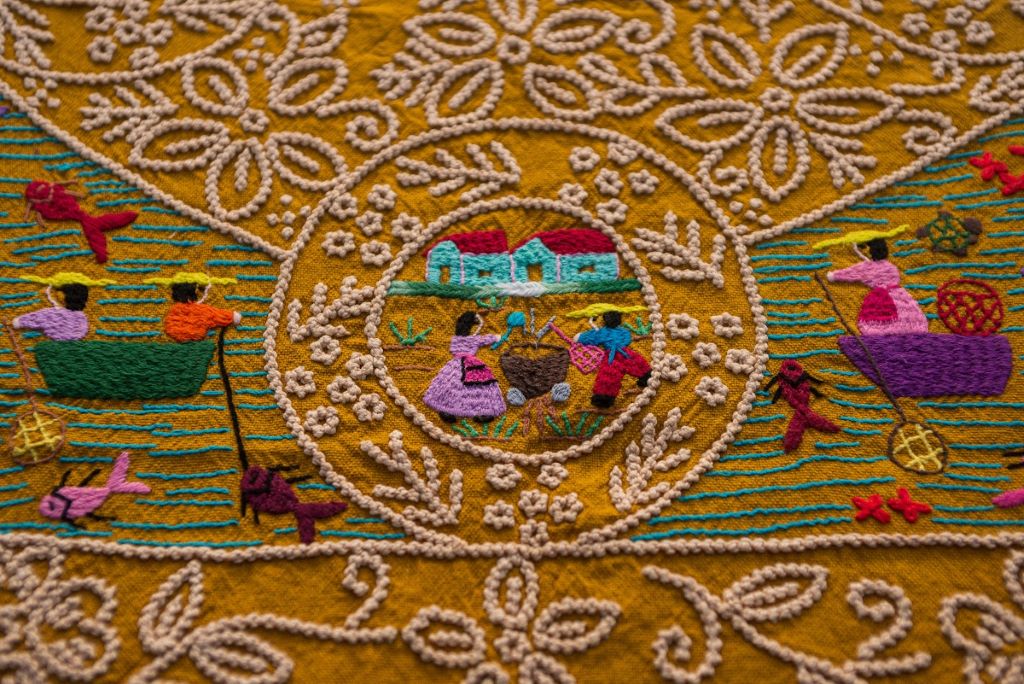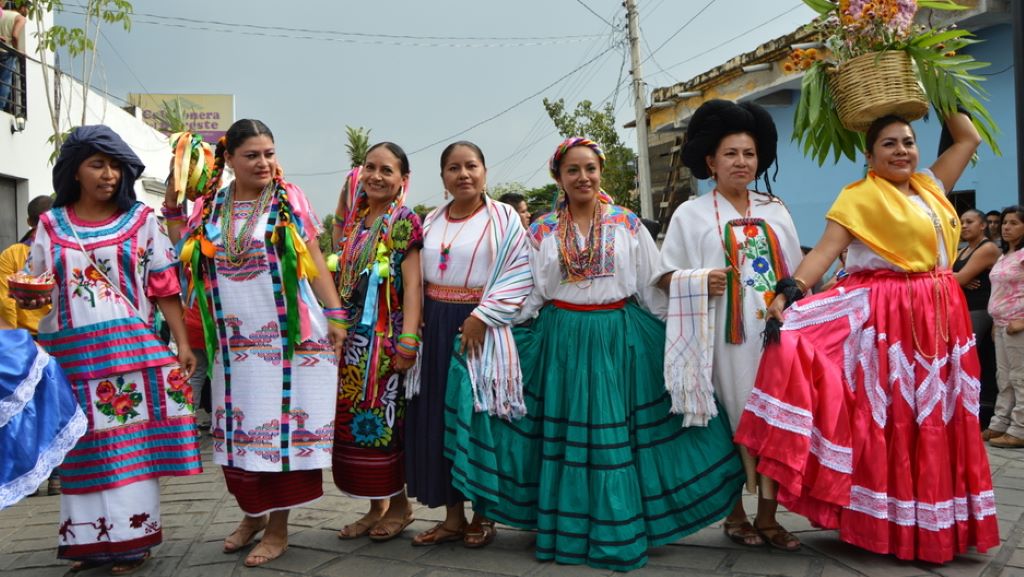Mexican textiles are a vibrant tapestry, woven with threads of tradition, cultural heritage, and artistic expression. Textiles hold a special place in Mexican art from the intricate patterns adorning clothing to the colorful tapestries gracing walls. Let’s embark on a journey to uncover the age-old techniques that breathe life into these stunning creations.
A Legacy Woven Through Time
The art of Mexican textiles stretches back millennia, with roots firmly planted in pre-Columbian civilizations. The Aztecs, Maya, and other indigenous groups, skilled weavers themselves, utilized natural fibers like cotton and agave to actively craft functional and symbolic textiles. Clothing served not just for warmth but also as a marker of social status and cultural identity.
The arrival of the Spanish in the 16th century introduced new materials and techniques, forever altering the textile landscape. European wool, silk, and linen found their way into the Mexican repertoire, while techniques like pedal loom weaving and embroidery enriched the existing skillset. This fascinating fusion resulted in a unique blend of indigenous and European influences, shaping the vibrant textiles we know today.
A Weaver’s Toolkit: Unveiling the Techniques
Mexican textiles boast a diverse range of crafting techniques, each with its distinct character. Here’s a glimpse into some of the most prominent methods:
-
Backstrap Weaving: This traditional technique, practiced for centuries by indigenous communities, utilizes a narrow loom secured to the weaver’s back and waist. The weaver manipulates the threads with both hands and a shed rod, creating intricate patterns with remarkable precision. Backstrap weaving is often associated with smaller textiles like sashes, bags, and clothing.
-
Pedal Loom Weaving: Introduced by the Spanish, pedal loom weaving utilizes a larger loom operated by foot pedals. This allows for greater control over tension and facilitates the creation of wider textiles. Weavers commonly use pedal looms to create rugs, blankets, and wall hangings, often featuring bolder, geometric patterns.
-
Brocade: This luxurious technique involves weaving additional weft threads to create raised patterns on the fabric surface. Skilled weavers craft brocaded textiles, often using silk or metallic threads. These textiles exude an air of elegance and were traditionally reserved for the elite.
-
Embroidery: The art of adorning fabrics with decorative stitching thrives in Mexico. Skilled artisans use colorful threads to create intricate motifs and patterns, embellishing clothing, tablecloths, and other textiles. From floral designs to geometric shapes, embroidery adds a personal touch and reflects the creativity of the individual artist.
-
Natural Dyes: Mexican textiles are renowned for their vibrant colors. Traditionally, artisans relied on natural dyes extracted from plants, insects, and minerals. Cochineal insects produce a rich red, indigo plants yield a deep blue, and marigolds offer a sunny yellow. The use of natural dyes not only adds an element of sustainability but also imbues textiles with a unique character and depth of color.
Related: How to Set a Budget for Your Dream Wedding Ring
Beyond Technique: The Soul of Mexican Textiles
While the technical expertise is undeniably impressive, the true magic of Mexican textiles lies in the stories they tell. Weavers incorporate symbolic patterns and motifs into the fabric, reflecting local legends, religious beliefs, and the natural world. Animals, flowers, and geometric shapes hold special meanings, passed down through generations.
The textiles themselves are often imbued with cultural significance. Traditional clothing like the huipil (a woman’s blouse) and the sarape (a blanket-like garment) are not just articles of wear but markers of identity and cultural heritage. Wearing these textiles is a way to connect with one’s roots and celebrate the rich tapestry of Mexican culture.
A Modern Renaissance: Textiles Today
Mexican textiles are not relics of the past; they are a living art form constantly evolving. Today, a new generation of artisans is reinterpreting traditional techniques and motifs. They are incorporating contemporary designs and utilizing modern tools to create innovative textiles that bridge the gap between tradition and modernity.
This resurgence of interest is fueled by a growing appreciation for cultural heritage and a desire for sustainable, handcrafted goods. Mexican textiles are finding their way into high-fashion runways and design exhibitions, captivating audiences worldwide.
A Mirror Up to Society: How Art and Culture Shape Our Perceptions of Beauty and Identity
The Allure of Mexican Textiles
There’s something undeniably captivating about Mexican textiles. Their vibrant colors, intricate patterns, and rich symbolism hold a special allure for art and culture enthusiasts. Whether you’re drawn to the meticulous craftsmanship, the cultural significance, or simply the sheer beauty of these textiles, there’s a piece of Mexico waiting to be discovered.
Exploring Further:
For those who wish to delve deeper, consider visiting museums with collections of Mexican textiles. Many online resources showcase the work of contemporary artisans, allowing you to directly connect with the artists and support their craft. Finally, if you’re fortunate enough to travel to Mexico, visiting local markets and textile workshops offers a firsthand experience of the vibrant world of Mexican textiles.
So, the next time you encounter a stunning Mexican textile, take a moment to appreciate




